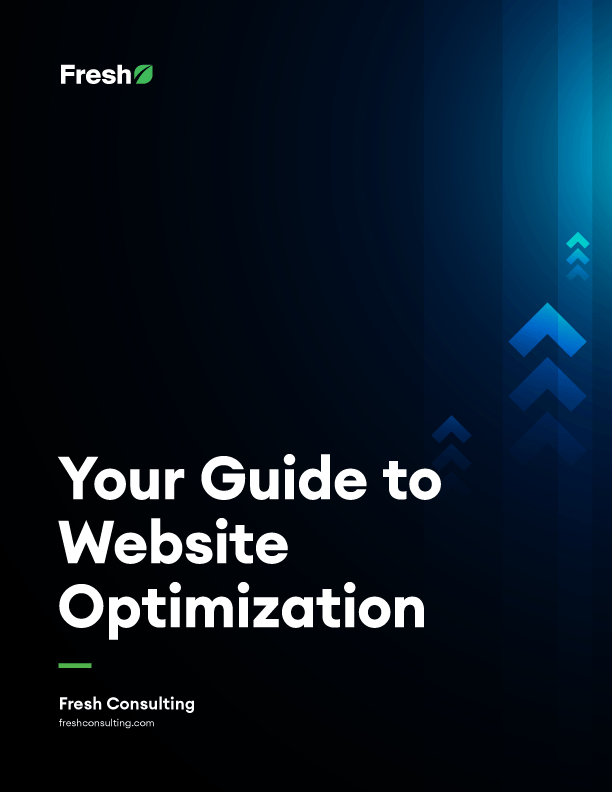Article
Three years of analysis later, McKinsey says YES, Web 2.0 technology brings business results

Call it a culture shift, call it new technologies, call it a consumer fad, call it what you will, Web 2.0 is worth it for business.
Web 2.0 is worth it for business
McKinsey Quarterly’s “Global Survey” analyzed responses from 1,700 executives to derive the business benefits gained from using Web 2.0 tools across three areas: internal within the organization; external with customers; and with suppliers, partners and experts. Now in its third year, the study has found that respondents who use Web 2.0 tools most often reported “greater ability to share ideas; improved access to knowledge experts; and reduced costs of communications, travel, and operations,” in addition to decreased time to market for products and improved employee satisfaction – these benefits are nothing to snide at.
Companies who have tasted the benefits are continuing to invest
Now, it is easy to feel confused given the inundation of noise and buzz about Web 2.0 and how it equates or even relates to real, tangible business benefits. After all, we as consumers and personal users of Web 2.0 tools have embraced these technologies adding friends and sharing information on social networks, rating and reviewing restaurants on review sites, writing about life events on blogs … but we are just beginning to see true adoption in the enterprise. However, this study by McKinsey is continued proof at even the executive-level, of some of the largest companies, that full-fledged adoption of the right Web 2.0 tools, at the right time, with the right strategy will indeed bring business benefits. If you don’t start dipping your feet in the water to get on board and become a more networked company now, you could be left behind, trying to surf ahead.
Those who are on board (networked companies) “report that their companies have gained measurable business benefits, including more innovative products and services, more effective marketing, better access to knowledge, lower cost of doing business, and higher revenues.”
And not only are they adopting now but the study found that even in the midst of this current recession, “respondents overwhelmingly say that they will continue to invest in Web 2.0.”
In fact, McKinsey’s study found that the more you use Web 2.0 technologies, the more you network and collaborate with others, the greater the benefits – something John Hagel, John Seely Brown, Lang Davison of the Deloitte Center for the Edge elaborate on in their Harvard Business School article, “Introducing the Collaboration Curve .”
Three areas are driving benefits
Although networked companies all use a blend of Web 2.0 tools, those that are most often used range from automatic information feeds such as RSS or microblogs, to traditional blogs, wikis, and podcasts – the same tools that are popular among consumers.
So exactly what do networked companies do with the tools to realize benefits across the aforementioned three areas (internal, customer, partner)?
- Networked companies integrate Web 2.0 tools into the work flows of their people and experience powerful internal benefits. The increased “interactivity promises to bring more employees into daily contact at lower cost. When used effectively, [Web 2.0 tools] also may encourage participation in projects and idea sharing, thus deepening a company’s pool of knowledge”
- Networked companies look outside the four walls of the firm and experience shared benefits with their customers. The new and tighter relationships created have “increased customers’ awareness and consideration of companies’ products and has improved customer satisfaction.” These companies treat their customers differently and collaborate to “jointly shape and cocreate products using Web 2.0 connections,” resulting in net, new revenue.
- Networked companies leverage learnings from using Web 2.0 tools internally and with customers to generate better ties with suppliers and partners. These closer ties enable the ability to gain access to expertise from within the new network and they also equate to “lower costs of communication with business partners and lower travel costs.”
It’s not just new technology, there’s more to it
Obviously technology alone will not give you all those benefits. Management practices, a Web 2.0 strategy, and organization and cultural characteristics contribute significantly. McKinsey in particular found that: “three aspects of management were particularly critical to superior performance: a lack of internal barriers to Web 2.0, a culture favoring open collaboration (a factor confirmed in the 2009 survey), and early adoption of Web 2.0 technologies”
The study goes on to elaborate on adoption reporting that informal incentives such as ratings by peers and recognition of status have been most effective in addition to modeling active Web 2.0 use by executives.
Simply speaking, Web 2.0 delivers benefits by multiplying the opportunities for collaboration and by freeing up knowledge to spread more effectively.
Since the term Web 2.0 was coined back in 1999 and then made popular in 2004 by O’Reilly, what Web 2.0 really means has been debated over and over across the blogosphere while adoption and use of “Web 2.0 technologies” have continued to evolve at an increasingly rapid pace. The question we’ve all been asking is, is it worth it? Three years of analysis later, McKinsey says yes. And we would agree – call it what you will, Web 2.0 is worth it for business.









